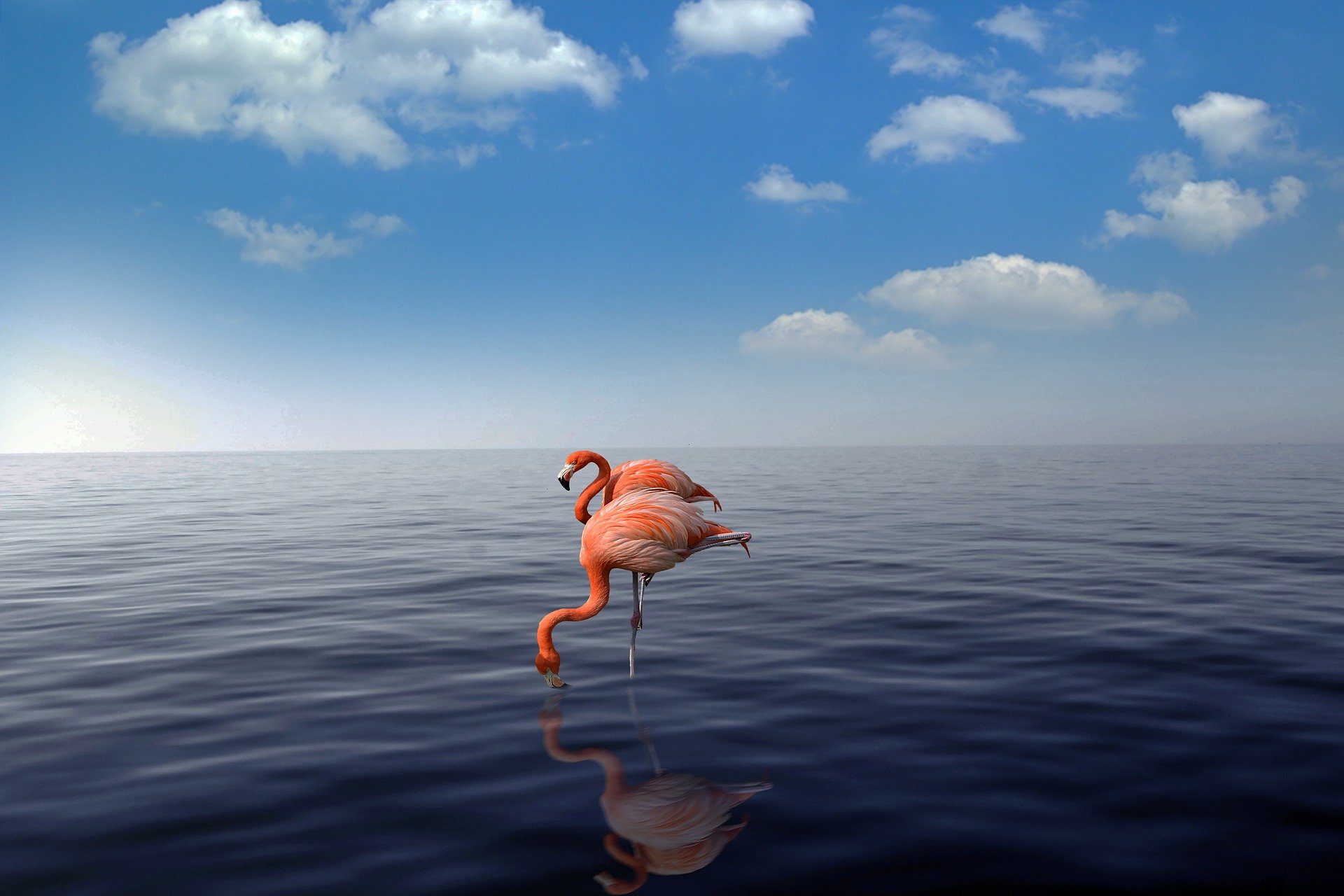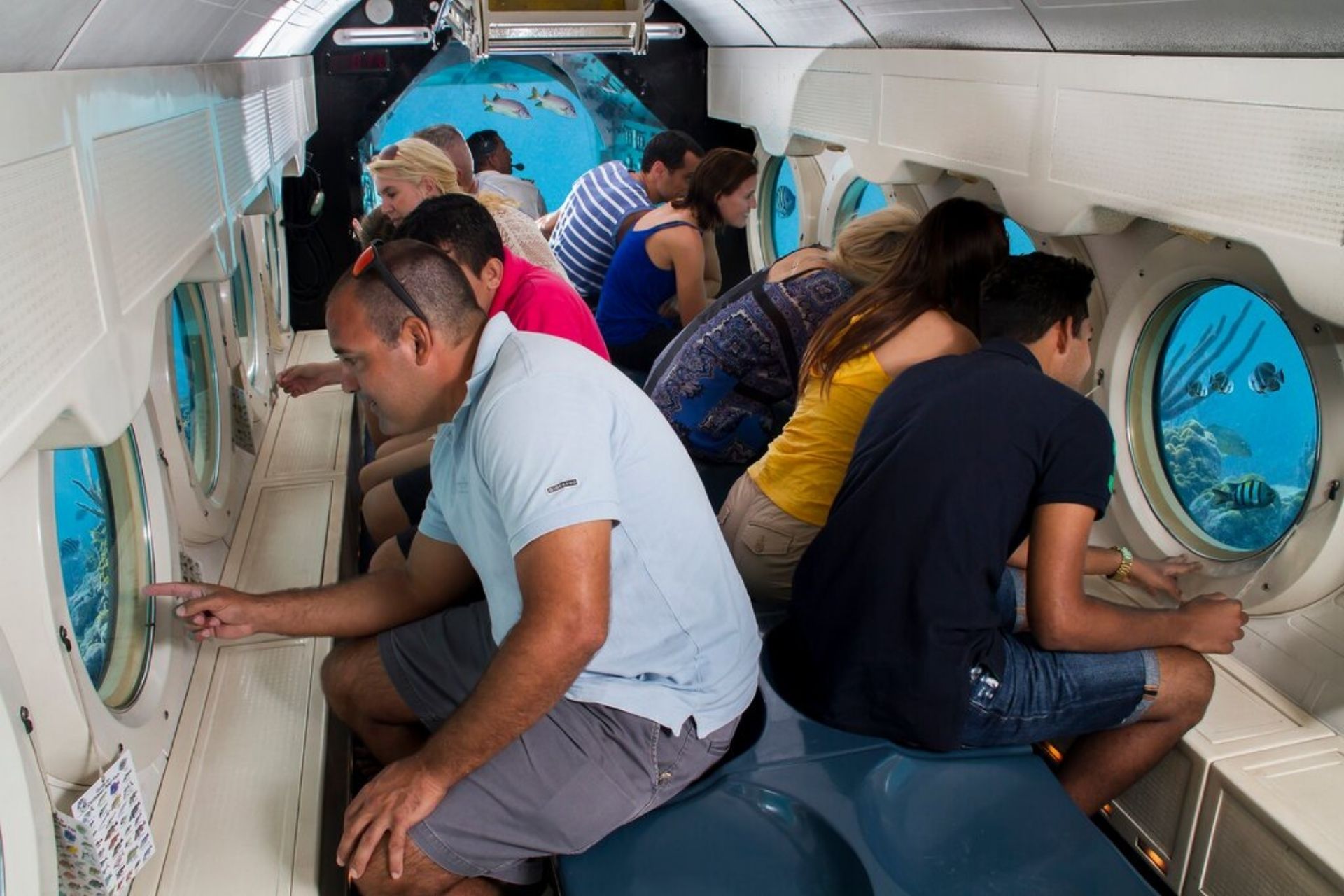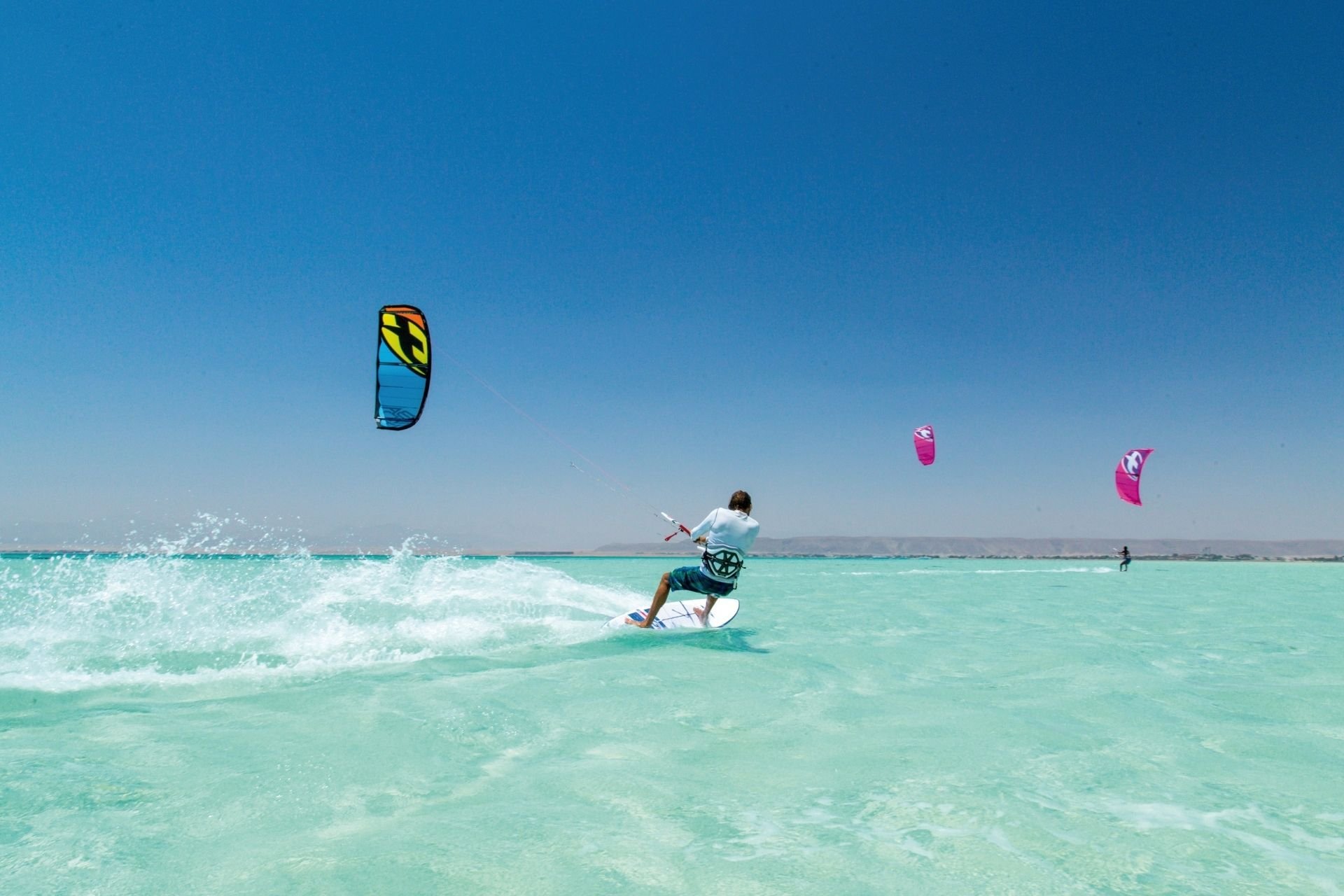Aruba
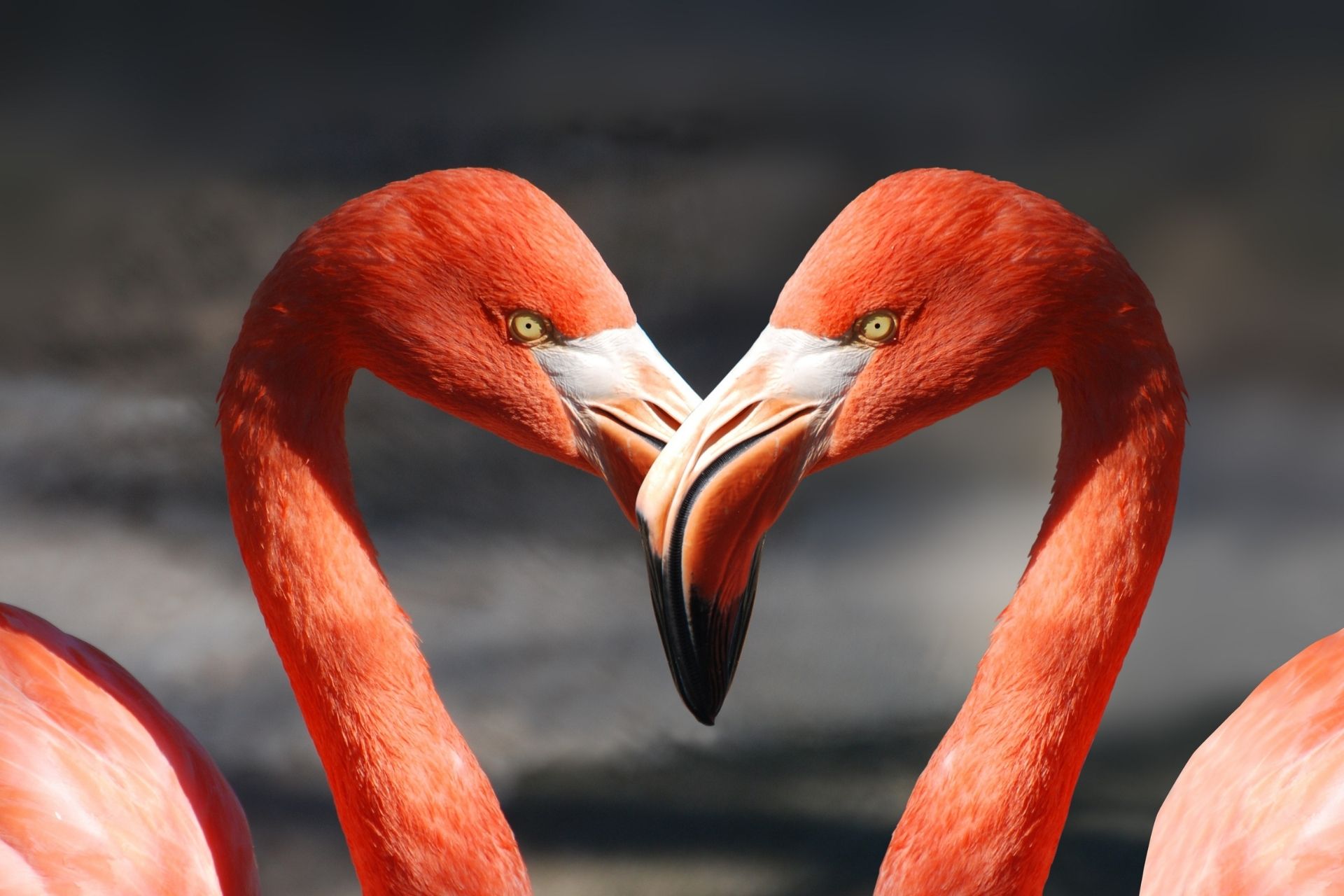
Sports and adventures
The warm southern Caribbean has graced Aruba with water sports internationally.
Here we present the sports activities that we believe are a must try.
On the Sport page you will find the technical data sheets of the sporting activities.
Get inspired and then contact us to design your personalized itinerary. We will prepare an on-site travel program that reflects your wishes and physical preparation.
Windsurfing, kitesurfing, SUP, surfing: whether you prefer SUP or surfing, the coast of Aruba offers many opportunities to challenge yourself.
In particular, the constant trade winds, large sea depths and challenging waves, make Aruba a paradise for surfers, windsurfers and kitesurfers.
If you want to try a land variant don’t miss landsailing.
Diving: among cliffs and shipwrecks on the seabed even diving will leave you speechless.
Canoe and Kayak: The silence of the kayak allows you to observe birds and marine species that live in the calm waters and mangrove lagoons on the southern coast of Aruba.
Mountain biking: a fun tour of the island on the rough terrain between cactus and boulders.
With Palm Beach parasailing you will enjoy admiring the scenic coastline.
Trekking: Arikok National Park includes exclusive attractions and spectacular bays, the ‘Natural Pool’, original Indian rock carvings, unusual landscapes formed by lava, quartz diorite and limestone. You will be able to walk with a guide through dry river beds to arrive in the protected bays of Moro, Boca Prins and Dos Playa.
In addition to these sports activities you can also practice many water sports such as jet ski, personal watercraft, banana boats, tube boats, …
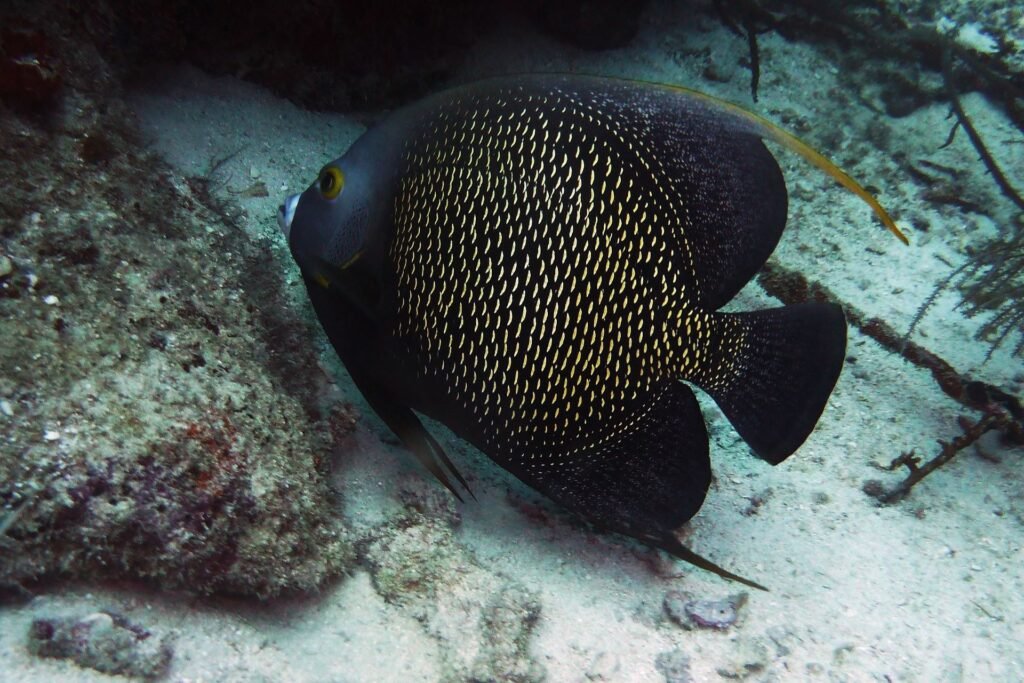
Experiences
Here are some of the unique and exciting experiences you could live in this destination:
Admire the pink flamingos on the beach.
Navigate with a catamaran, or sailboat on the calm clear and turquoise waves.
Explore the caves and ancient boulders of Arikok on foot, horseback or by 4WD.
Dive into the peaceful depths of “Conchi,” a hidden natural pool.
Relax in the sun on one of the white sand beaches and crystal clear water such as Eagle Beach, the third best beach in the world according to TripAdvisor.
Admire the underwater world from the comfort of a real submarine, up to 40 meters deep.
Explore the island by jeep.
Visit the private islands, to escape the chaos of the hotels.
Climb the 600 windswept steps to the top of Hooiberg hill, an iconic Aruban peak forged by ancient volcanoes.
Enter the caves to admire stalactites, stalagmites, rock carvings and … bats 😉
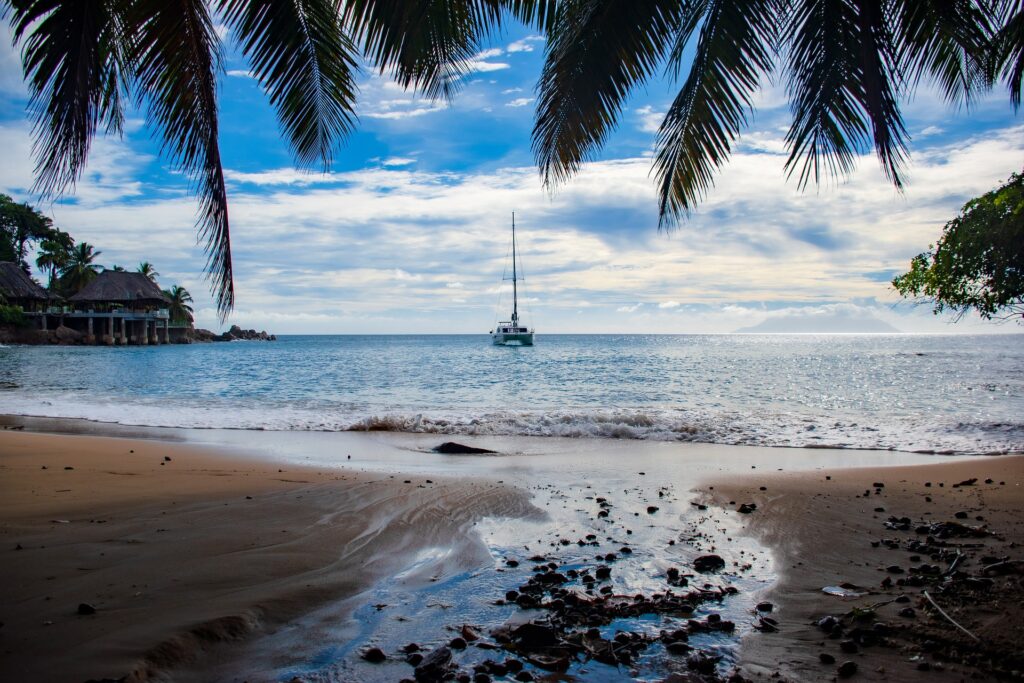
Food and Wine
Aruban cuisine features Dutch, Asian, African and Spanish influences.
Also on the island there is a great variety of restaurants of over 90 different nationalities.
But we recommend that you try one of the typical Aruban dishes: the really excellent ‘keshi yena’ (cheese stew).
Other traditional dishes inspired by various historical legacies are Dutch ‘bitterballen‘ meatballs and curried goat.
In addition, in the places of Aruba you will find freshly caught mahi mahi, snappers and barracudas, dressed in the Creole way.
In the most exclusive restaurants, pots of stew mumble with rice, meat and Latin-African flavors.
Aruba’s signature drinks are the local Coecoei liqueur, Balashi Cocktail, Balashi Beer, Rum Palmera and Sea Grape Wine.

When to go
What is the best time to visit Aruba?
Aruba is located off the hurricane route, so you can visit it at any time of the year.
The temperature varies between 26 and 28 degrees throughout the year, with peaks between May and October and lower temperatures between December and March.
Aruba is the island with more days of sunshine than any other island in the Caribbean and is cooled by the trade winds practically every day of the year.
Some atmospheric events are very rare, such as some brief showers. It is also located on the southern edge of the hurricane zone, with little chance of being hit directly.
On average, it rains 406.4 mm per year in Aruba, with the greatest probability of precipitation between October and January.
That said, the months from January to March are the busiest, so if you prefer a little relaxation it’s best to go from April to September.
For windsurfers, we recommend December for the greatest number of windy days.
What to pack
Of course, what to pack for a trip to Aruba depends on what activities you will do and, above all, on the period when you go there.
Below we give you just a few indications on what absolutely must not be missing.
We generally recommend practical, sporty and informal clothing.
In this country with a temperate climate, the main clothing is light, summer.
Bring a jacket for the evening, a raincoat and / or an umbrella.
Information
Continent: Central America
Capital: Oranjestad
Language: Dutch and Papiamento are the official languages, but almost all of them also speak English and Spanish
Currency: AWG – Aruba Guilder
Power sockets and voltage: 110V/60Hz
For up-to-date and detailed information visit www.viaggiaresicuri.it
